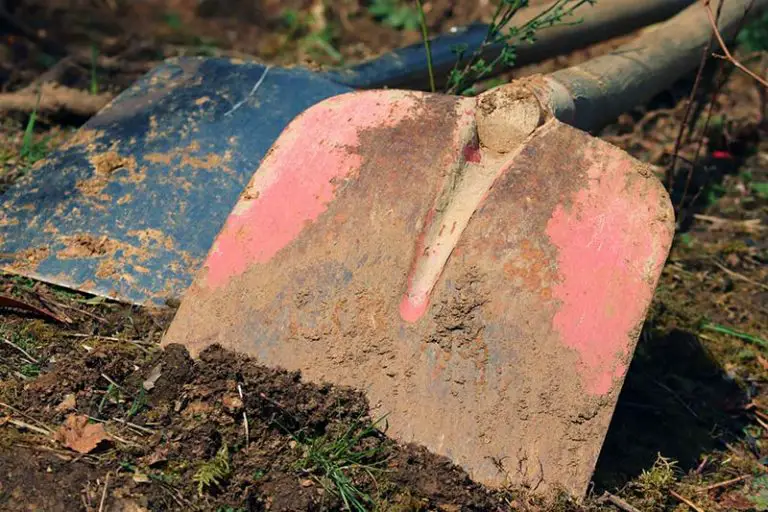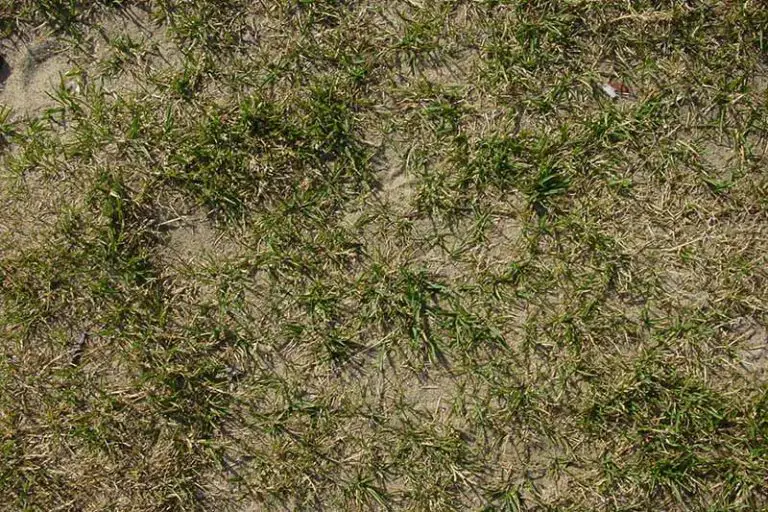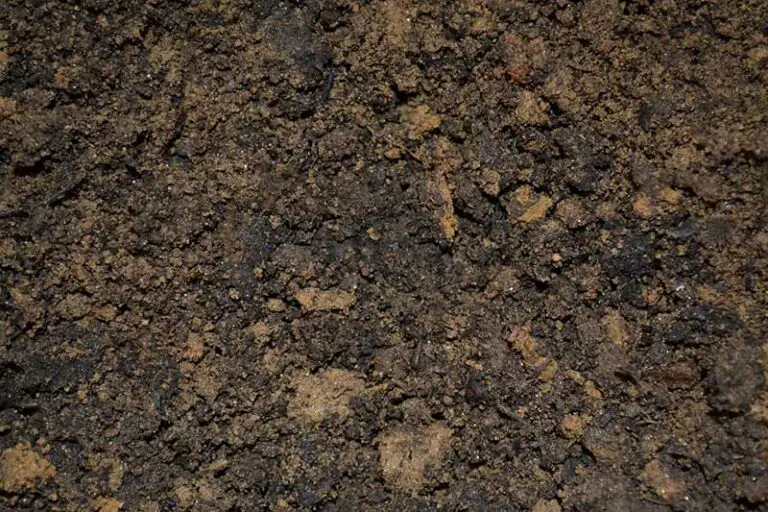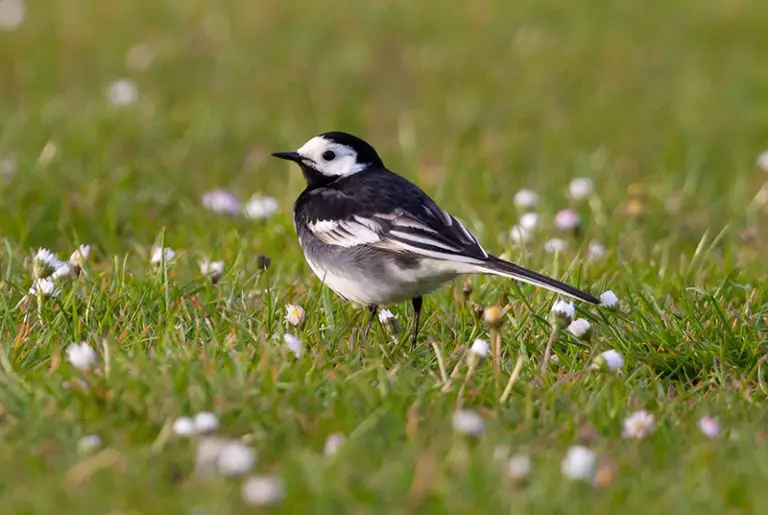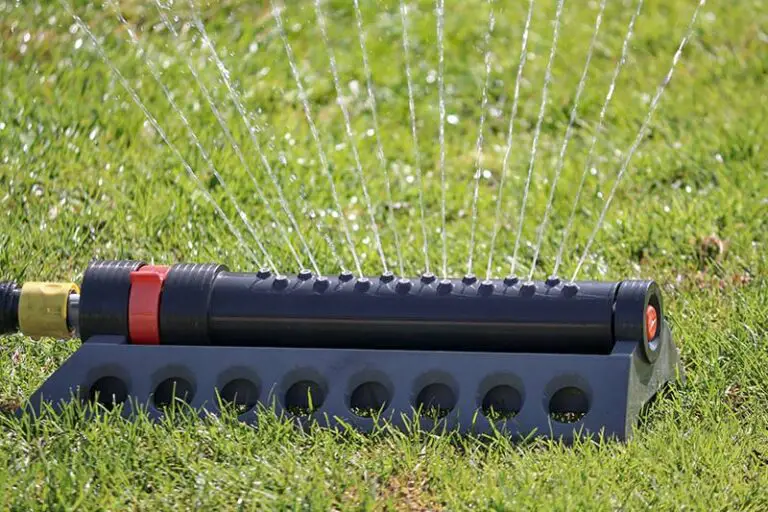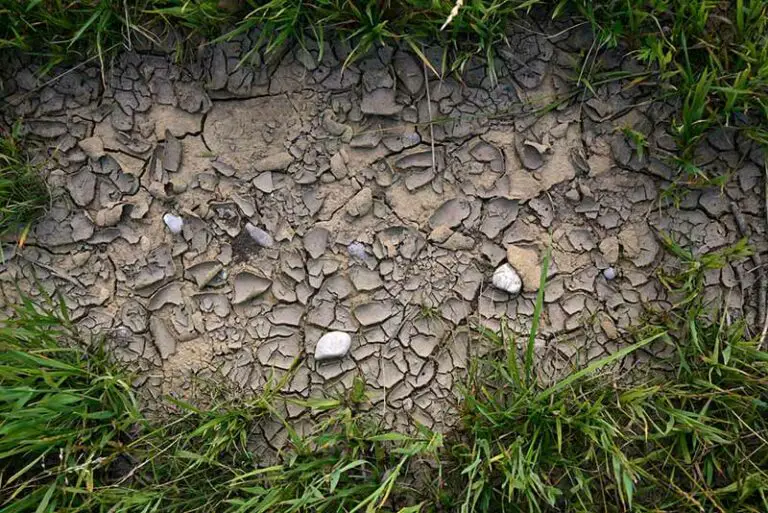Watch Your Grass Clippings Decompose in No Time!
Depending on how you’re using them, grass clippings can take anywhere from a few weeks up to several months to decompose.
When left on the lawn, grass clippings will fully decompose in roughly 3 to 4 weeks; when placed in compost, it takes 1 to 3 months for grass clippings to decompose; and, when added as a layer of mulch, it will take roughly 3 to 4 months for grass clippings to decompose.
How Long Does it Take for Grass Clippings to Decompose?
How long it takes for grass clippings to decompose will depend on how you’re using them. The answer varies depending on whether you’re leaving the clippings on the lawn, adding them to a compost pile, or using them as a layer of mulch.
If you leave grass clippings on the lawn after mowing, they will fully decompose in about 3 to 4 weeks. Within about 1 to 2 weeks, the grass clippings will break down enough so that they’re no longer visible.
If you put grass clippings into your compost, they will take about 1 to 3 months to fully decompose. As they decompose, the clippings will add a boost of nitrogen to the compost.
If you use grass clippings as mulch, a 3 to 4-inch mulch layer will take roughly 2 to 3 months to decompose. As they would in a compost pile, the grass clippings will release nitrogen directly into your soil as they break down.
Following these timescales, the most effective way to get the nutritional benefits from your grass clippings is to let them fall on the lawn. This method allows the grass clippings to decompose the fastest and requires the least amount of effort on your part.
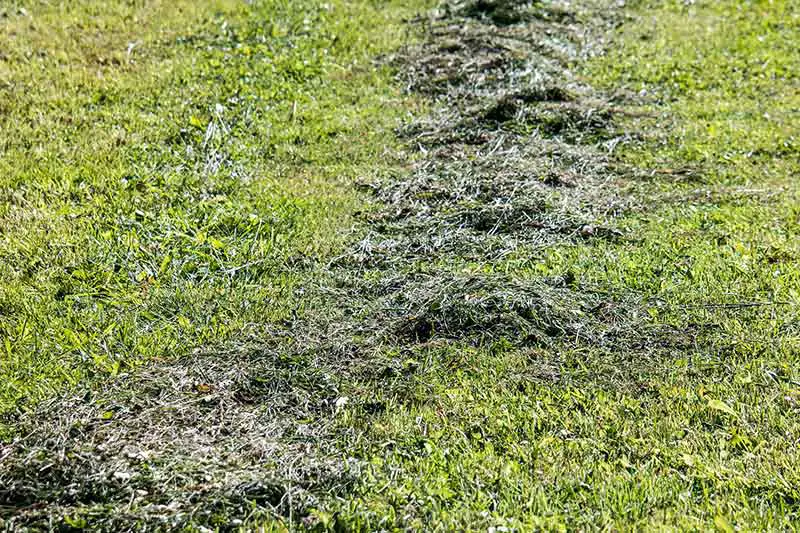
How to Get Grass Clippings to Decompose Faster
Whether you choose to leave them on the lawn or to compost them, you can take some steps to get your grass clippings to decompose faster.
How to Get Grass Clippings to Decompose Faster on Lawn
Follow these steps if you plan to leave the clippings on the lawn. Take note that this method will be most effective during periods of warmer weather.
1. Reduce Thatch
The best way to speed up the decomposition of grass clippings on the lawn is to reduce the existing thatch layer. While grass clippings don’t cause thatch to build up, a thick thatch layer will slow down their decomposition.
The thatch layer on your lawn is the section that sits between the soil surface and the grass’ upward growth. This layer is made up of organic matter, both dead and alive, such as grass roots, runners, and stems. A slight amount of thatch will not affect the health of your lawn; however, when the thatch layer is more than ½ thick, it can cause issues with your growing grass.
A thick thatch layer will also slow down the decomposition of any clippings you leave on the lawn. The thatch blocks the clippings from reaching the soil surface; in turn, this prevents microbes in the soil from making contact with your clippings and breaking them down. Therefore, you should dethatch your lawn to maximize the benefits of your fallen clippings. Two common ways to dethatch a lawn includes using a rake or mower attachment.
2. Add Moisture
Heat and moisture are two conditions that will further speed up the decomposition of grass clippings on the lawn. For this reason, grass clippings will break down faster during the warmer months in the year; this is providing you also keep up with a regular watering regime at the same time.
To encourage the fast decomposition of your grass clippings, keep up with a regular watering schedule. Your lawn requires about 1 to 1.5 inches of water per week; factoring in any rainfall, you should add this amount of water to your lawn in one or two weekly watering sessions. Not only will this maintain the healthy growth of your grass, it will also encourage any grass clippings to break down as quickly as possible.
While you can add water to your lawn, it isn’t possible to increase the temperature to provide the clippings with enough heat for fast decomposition. Therefore, in the cooler months, you may wish to compost the clippings if you’re concerned about decomposition times; a compost pile will generate the necessary heat to encourage the clippings to decompose more quickly.
How to Get Grass Clippings to Decompose Faster When Composting
Follow these steps if you plan to compost the clippings in a pile. This method is ideal when air temperatures are lower.
1. Choose Best Placement for Compost Pile
Use a bagging attachment to bag your clippings as you mow, or rake up the clippings after mowing. Choose a suitable place to build your compost pile; ideally, this should be a level area of dirt that’s far away from your home. As you’ll need to add water to the pile occasionally, it would also be beneficial to place the pile close to a water source.
Avoid placing the pile in any parts of your yard that are susceptible to water runoff or flooding. Make sure the area has full access to the sun, i.e., don’t place the pile under trees or anywhere shady. It’s also important that the pile isn’t anywhere that pets can access.
2. Start Building Compost Pile
Once you’ve picked a suitable location, you can start building your compost pile. Place your grass clippings directly onto the area of dirt you’ve chosen. You need to form your pile into a tall stack rather than spreading the clippings in a thin layer. This is necessary as a thinner layer won’t generate enough heat to encourage the quick decomposition of the clippings.
For best results, stack the clippings so that the height is equal to the width of the pile. As an example, a three-foot stack of clippings should take up about 3 square feet of soil.
3. Add Brown Materials to Compost Pile
If you have them at your disposal, add carbon-based or ‘brown’ materials to your compost pile. Although this step isn’t necessary, it will significantly speed up the decomposition process of your grass clippings.
Brown materials are those which contain carbon, such as paper, straw, or dead leaves. The carbon in these materials will interact with the nitrogen in the grass clippings. This causes the pile to generate more heat, which, in turn, will cause the materials to break down more quickly.
Ideally, your compost pile should be made up of 30 parts brown materials to 1 part green materials. For example, 1 pound of grass clippings will decompose fastest when combined with 30 pounds of dead leaves. Add this brown matter to your pile of grass clippings and mix them well.
4. Add Moisture to Compost Pile
Once you’ve built your compost pile, you’ll need to keep the material moist for proper decomposition. Watering the pile will help it to maintain its heat, in addition to keeping the microbes in your pile alive and active.
Use a garden hose to lightly douse the compost pile with water. Avoid drenching the pile to the point that it’s sodden; adding too much water will trap the nitrogen that the grass clippings release, which causes ammonia gas to form. This gas is foul-smelling and will cause the pile to stink.
5. Turn Compost Pile Every Few Days
Over the following days, remember to turn the compost pile. Turning the compost will further encourage the fast decomposition of the organic matter as it incorporates more oxygen into the pile.
Use a shovel or pitchfork to turn the compost every few days. With your tool, dig into the center of the compost pile and turn it over. As you’re doing so, ensure that the outer layers of the compost move into the center of the pile. You want the pile to be as fluffy and aerated as possible to promote the fastest decomposition.

